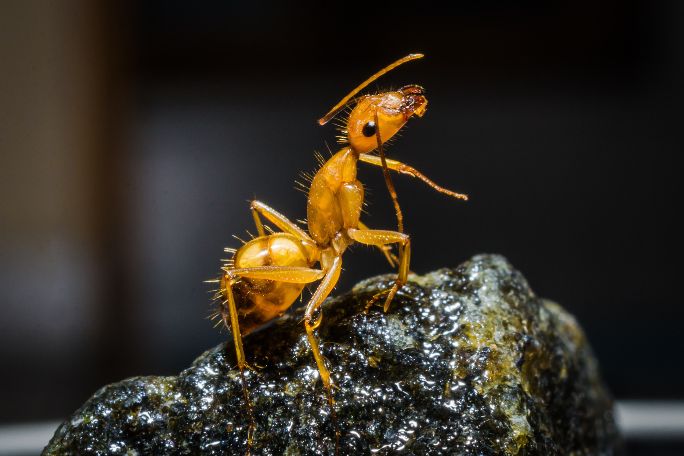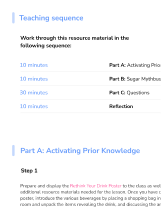Activity Summary
Children look at different invertebrates, focusing on their external features and the ways they move. Children will observe and discuss a range of invertebrates images. Younger children will then focus on the movements of invertebrates and will participate in a role-play to mimic these movements. Older children will take their understanding of invertebrate features and movements to invent their own invertebrate out of playdough. They may then participate in a role-play around the invertebrates they created.
Activity guides and printables
Activity details
Curriculum Mapping
Outcome 2: Children are connected with and contribute to their world
- 2.3 Children become socially responsible and show respect for the environment
Outcome 4: Children are involved and confident learners
- 4.1 Children develop dispositions for learning such as curiosity, cooperation, confidence, creativity, commitment, enthusiasm, persistence, imagination and reflexivity
- 4.2 Children develop a range of skills and processes such as problem solving, enquiry, experimentation, hypothesising, researching and investigating
Resources Required
Ages 0 to 2 –
- Invertebrate Flashcards
- Paper for making antennae and wings, cushions and fabric for making snail shells.
Ages 3 to 5 –
- Invertebrate Flashcards
- Optional – Paper for making antennae and wings, cushions and fabric for making snail shells
Playdough and tools.
Supporting resources:
Additional Info
This activity is designed to help connect children to the wonders of the natural world through sensory and play-based learning.
This is an original Cool+ lesson.


Welcome back!
Don't have an account yet?
Log in with:
Create your free Cool.org account.
Many of our resources are free, with an option to upgrade to Cool+ for premium content.
Already have an account?
Sign up with:
By signing up you accept Cool.org's Terms and Conditions(Opens in new tab) and Privacy Policy(Opens in new tab).